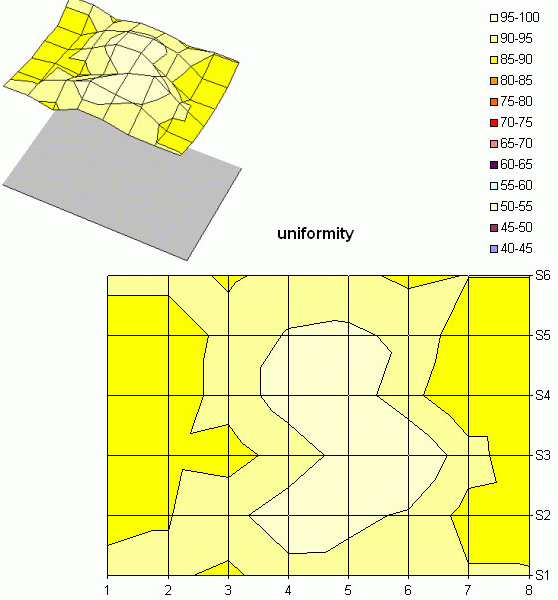Asus PW191 LCD: Looks Can Deceive
Spatial Uniformity
To measure the uniformity of the panel's lighting, we set the panel at 50% brightness and 50% contrast and measure the uniformity of the lighting on a white image separated into 64 areas of equal size. The brightest point is considered to be 100%, and the previously measured black value is considered 0%, with the other values obtained distributed between them.
This is an excellent result. The panel is very uniform, with very little halo visible in the corners. It's a shame that the optical filter spoils the final results.
We should recall that we judge color rendering on a five-point scale according to several criteria. Naturally, color fidelity is one. The black depth and brightness are taken into consideration. For example, a computer monitor that's too bright will lose points, as will a TV set that is really too dark.
Get Tom's Hardware's best news and in-depth reviews, straight to your inbox.
Current page: Spatial Uniformity
Prev Page Asus PW191: Mirror, Mirror, Continued Next Page Asus PW191: Old-School Latency